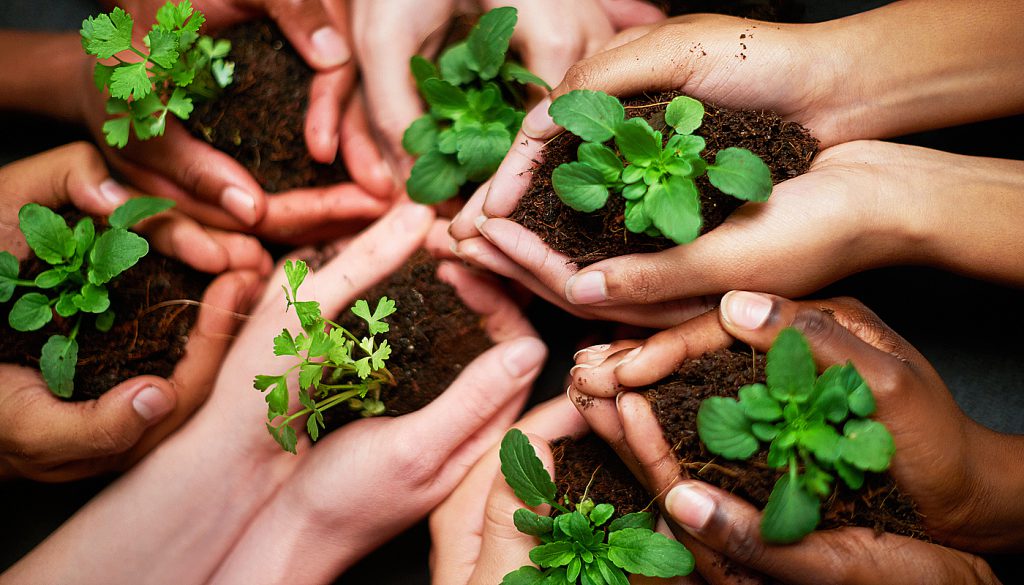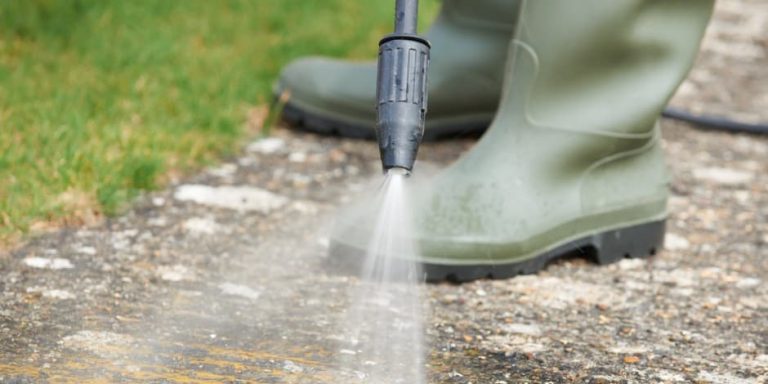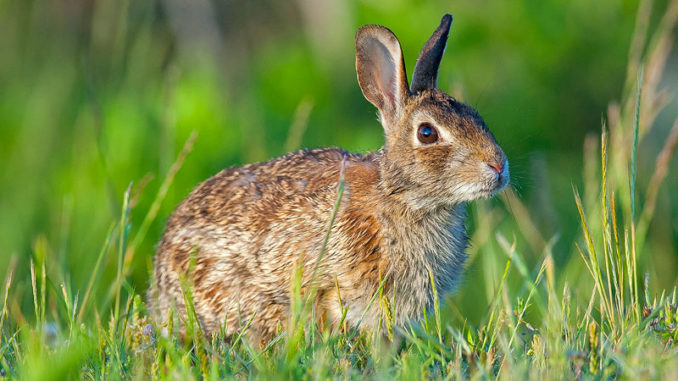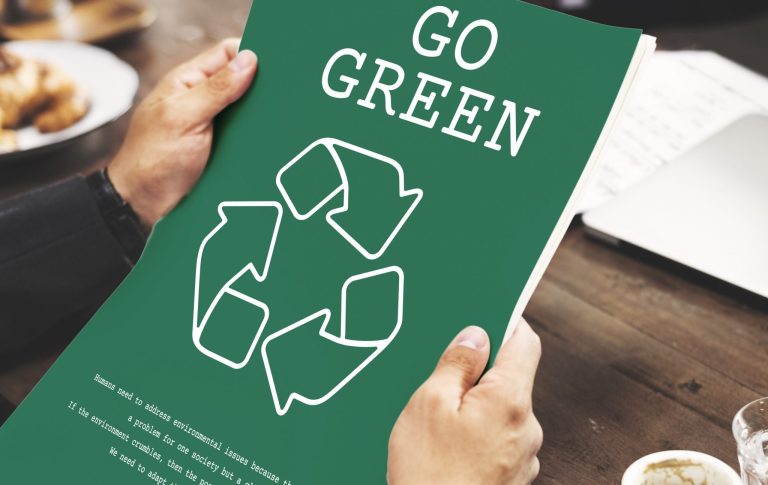
When most people think about cleaning their home’s exterior, driveway, or patio, the first tool that comes to mind is a power washer. It’s fast, effective, and deeply satisfying. But power washing has a downside—one that often gets overlooked: its environmental footprint. 💧
Traditional power washing uses high volumes of water and often includes harsh chemicals that can damage ecosystems, harm wildlife, and waste valuable resources. But there’s good news! With rising environmental awareness, a range of eco-friendly alternatives is now available that can help you keep things clean without sacrificing the planet. 🌍
🧼 1. Soft Washing: A Gentler Approach with Big Benefits
One of the most popular and sustainable alternatives to traditional pressure washing is called soft washing. Unlike standard power washing, which relies on high PSI (pounds per square inch) water jets, soft washing uses low-pressure nozzles paired with environmentally-safe cleaning solutions.
This method is ideal for cleaning:
- Roofs
- Vinyl siding
- Stucco
- Wooden decks
- Painted surfaces
Because it doesn’t rely on brute force, soft washing:
- Preserves the integrity of surfaces
- Reduces water usage
- Minimizes runoff into storm drains
Best of all, many of the cleaning solutions used in soft washing are biodegradable and non-toxic, making it a safer choice for your lawn, pets, and local wildlife. 🐕🦋
Browse Amazon Here For Soft Washing Equipment And Accessories
🌿 2. Use Biodegradable, Non-Toxic Cleaners
If you must use detergents during cleaning, opt for products that are certified environmentally safe. Look for labels that read:
- “Phosphate-free”
- “Biodegradable”
- “Non-toxic”
- “Pet and plant safe”
These cleaners break down naturally without harming soil health, aquatic life, or air quality. They’re ideal for homeowners who want to stay green while still getting great results.
A few popular eco-friendly brands include:
- Simple Green Outdoor Cleaner
- ECOS Pro All-Purpose Cleaner
- Seventh Generation Natural Cleaner
Keep in mind that even “natural” cleaners should be used responsibly. Avoid spraying them on windy days or allowing runoff into storm drains. ❌🌊
Browse Amazon Here For Eco-Friendly Pressure Washing Detergents
🌀 3. Water-Recycling Power Washing Systems
If you hire a professional cleaning service, ask if they use water reclamation or recovery systems. These systems collect, filter, and reuse the water from the job site—often reducing total water use by up to 80%. 💦🔄
Recycling water:
- Prevents contaminated runoff
- Saves thousands of gallons per job
- Helps meet local water conservation laws
Some advanced systems even vacuum the used water as it runs off the surface, purify it, and reuse it in real-time. This kind of equipment is especially valuable in commercial cleaning or municipal projects where large-scale water waste can be a serious concern.
💧 4. Rainwater Collection for Cleaning
Want to go full green? Collect and use rainwater for outdoor cleaning. Rain barrels or cisterns installed under your gutters can provide free, clean water that’s perfect for rinsing patios, sidewalks, and garden furniture.
Why use rainwater?
- It’s naturally soft and doesn’t contain chlorine
- It reduces demand on municipal water systems
- It helps manage stormwater runoff
- It’s 100% free 🌧️
Just make sure to filter the water if you plan to use it with pump systems or nozzles.
🧽 5. Elbow Grease and Manual Tools
It may not be flashy, but good old-fashioned manual cleaning is still one of the most eco-friendly approaches. For certain tasks, a scrub brush, bucket, and biodegradable soap are all you need.
Try using:
- A stiff-bristle push broom for concrete
- A long-handled scrubber for siding
- A garden sprayer filled with eco-cleaner for large surfaces
You’ll reduce water waste, avoid chemical runoff, and often get just as clean—especially when dealing with surface-level dirt.
Bonus: it’s also great exercise! 💪😅
🛠️ 6. Low-Flow Pressure Washers
If you prefer to use a pressure washer, choose a model with a low-flow rate, ideally under 2 gallons per minute (GPM). These machines provide enough pressure for basic cleaning without the excessive water waste.
You can also buy adjustable nozzles that let you:
- Control PSI (ideal for delicate surfaces)
- Use fan-shaped spray patterns to cover more area
- Reduce cleaning time and water use
Pro Tip: Always sweep or pre-soak surfaces before washing. This reduces the amount of pressure and time needed to clean.
Browse Amazon Here For Top Rated Power Washers And Accessories
🐾 7. Be Strategic with Your Timing and Location
When you clean matters just as much as how you clean. Follow these smart practices:
- Clean on dry days so water soaks into soil and doesn’t run off immediately.
- Divert runoff onto grassy areas rather than hard surfaces.
- Keep pets indoors and cover nearby plants if using any cleaning solution.
- Never wash near open drains or gutters.
Every decision you make—no matter how small—can contribute to a cleaner, healthier ecosystem. 🌼🌳
📊 Environmental Benefits of Going Green
Switching to eco-friendly cleaning alternatives offers a host of long-term benefits:
- 🐠 Protects aquatic life by preventing chemical runoff into lakes and rivers
- 💧 Conserves water in drought-prone regions
- 🌬️ Improves air quality by reducing chemical aerosols and gas-powered emissions
- 🐝 Protects pollinators by avoiding harsh chemicals near flowering plants
- 💵 Reduces costs over time by minimizing water bills and chemical purchases
And beyond the practical benefits, you’ll also feel good knowing that you’re helping preserve your local environment and setting an example for neighbors and your community. 👏
🌎 Final Thoughts
Power washing doesn’t have to come at the expense of the environment. By exploring and adopting greener alternatives—like soft washing, biodegradable cleaners, and water recycling systems—you can make a meaningful difference in your own backyard and beyond.
Your cleaning routine has the power to be part of the problem—or part of the solution. 💡
Browse Amazon Here For Top Rated Power Washers And Accessories






